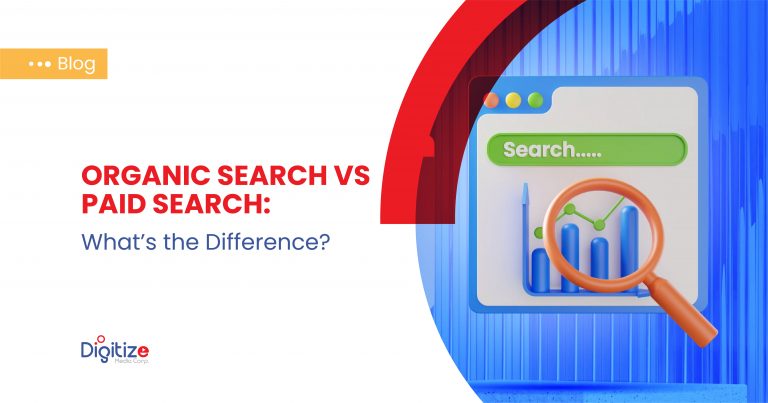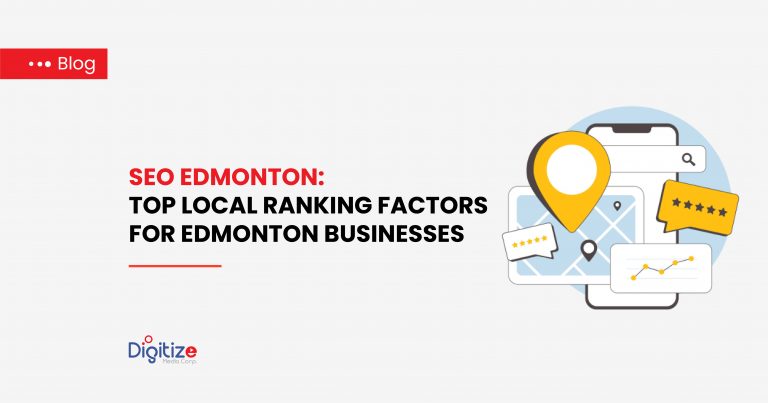In today’s fast-paced digital landscape, data-driven decision-making is more important than ever. One tool that stands out in helping businesses make sense of their data is Google Analytics. It provides actionable insights that can help you optimize your marketing strategies, enhance customer experience, and ultimately grow your business. In this article, we’ll dive into how you can leverage Google Analytics to gain valuable business insights and take your operations to the next level.
1. Understanding User Behavior
Google Analytics allows you to track how users interact with your website. By analyzing behavior patterns, such as which pages they visit, how long they stay, and their click-through journey, you can understand what resonates most with your audience. This insight enables you to:
Optimize Website Content: If a particular blog post or product page has a high bounce rate, it might need improvement. Conversely, well-performing pages can be a model for future content.
Refine UX/UI Design: Understanding the user flow helps in identifying bottlenecks or pages where users drop off. Enhancing these areas improves the overall user experience, leading to higher conversion rates.
2. Tracking Traffic Sources
Knowing where your website traffic is coming from is critical for assessing the effectiveness of your marketing channels. Google Analytics provides detailed data on traffic sources, which include:
Organic Search: Users who find your website via search engines like Google.
Direct Traffic: Visitors who come directly by typing your URL.
Referral Traffic: Traffic from other websites linking to yours.
Social Media: Visitors arriving through platforms like Facebook, Instagram, or LinkedIn.
By identifying which sources bring the most qualified traffic, you can allocate your marketing budget more efficiently. For example, if organic search is your largest traffic source, investing in SEO strategies will yield higher returns.
3. Demographic Insights
Google Analytics also offers insights into your audience’s demographics, such as age, gender, and location. Understanding this data can be beneficial for:
Targeted Marketing: Knowing the demographics of your audience allows you to tailor marketing campaigns to appeal to your most engaged users.
Localized Marketing: If a large portion of your traffic comes from a specific region, consider running location-specific campaigns, such as local SEO or geo-targeted ads, to capitalize on this interest.
4. Analyzing Conversions and Goals
Conversions are a key metric for any business, and Google Analytics helps you track them. You can set up custom goals to track actions like form submissions, purchases, or downloads, providing a clear picture of your marketing campaign’s performance.
Google Analytics also allows for:
Funnel Analysis: Understand which stages in the conversion funnel may need improvement. If users are abandoning their shopping carts frequently, you can investigate potential causes, such as complex checkout processes or hidden fees.
Goal Tracking: Track specific business goals, whether it’s increasing newsletter signups or improving product purchases. This enables you to evaluate your efforts and make data-backed decisions.
5. Real-Time Data for Immediate Insights
One of the powerful features of Google Analytics is real-time tracking. It enables you to see how many users are on your site at any given moment, what they’re doing, and where they’re coming from. This data is invaluable when:
Monitoring Campaigns: When launching a new marketing campaign, real-time data lets you monitor immediate performance, making it easier to tweak strategies on the go.
Identifying Issues: If there is an unexpected traffic drop or spike, real-time tracking can help identify potential website issues, allowing you to respond quickly and minimize losses.
6. Custom Reports and Dashboards
Google Analytics allows you to create customized reports and dashboards tailored to your business’s unique KPIs. This flexibility helps you monitor the metrics that matter most to your goals. For example:
E-commerce Reports: Track product performance, average order value, and customer behavior to make informed decisions about your inventory and pricing strategies.
Customer Acquisition: Monitor which marketing channels drive the most conversions, helping you refine your acquisition strategies.
Custom Alerts: Set up alerts for key changes in traffic, conversion rates, or other critical KPIs to stay ahead of potential issues.
7. Audience Segmentation
Another powerful feature of Google Analytics is audience segmentation. This allows you to break down your audience into specific groups, such as new vs. returning visitors or users from different geographic locations. By understanding the behavior of various segments, you can:
Personalize Marketing Campaigns: Tailor campaigns based on the preferences and behaviors of each audience segment.
Increase Retention: By analyzing the behavior of returning visitors, you can identify ways to improve retention and build customer loyalty.
Conclusion
Google Analytics is a powerful tool for businesses looking to extract valuable insights from their data. From tracking user behavior and traffic sources to creating custom reports and analyzing conversions, it offers a comprehensive solution for making informed, data-driven decisions. By leveraging the features outlined above, your business can optimize its digital strategies, enhance customer experiences, and ultimately drive growth.







